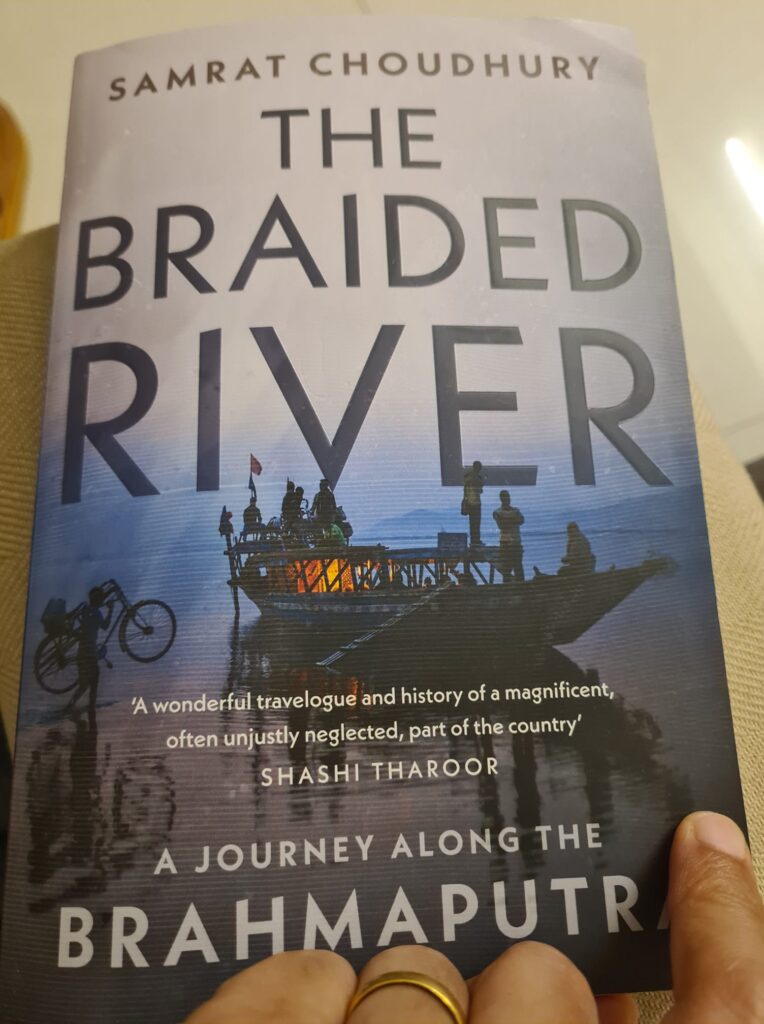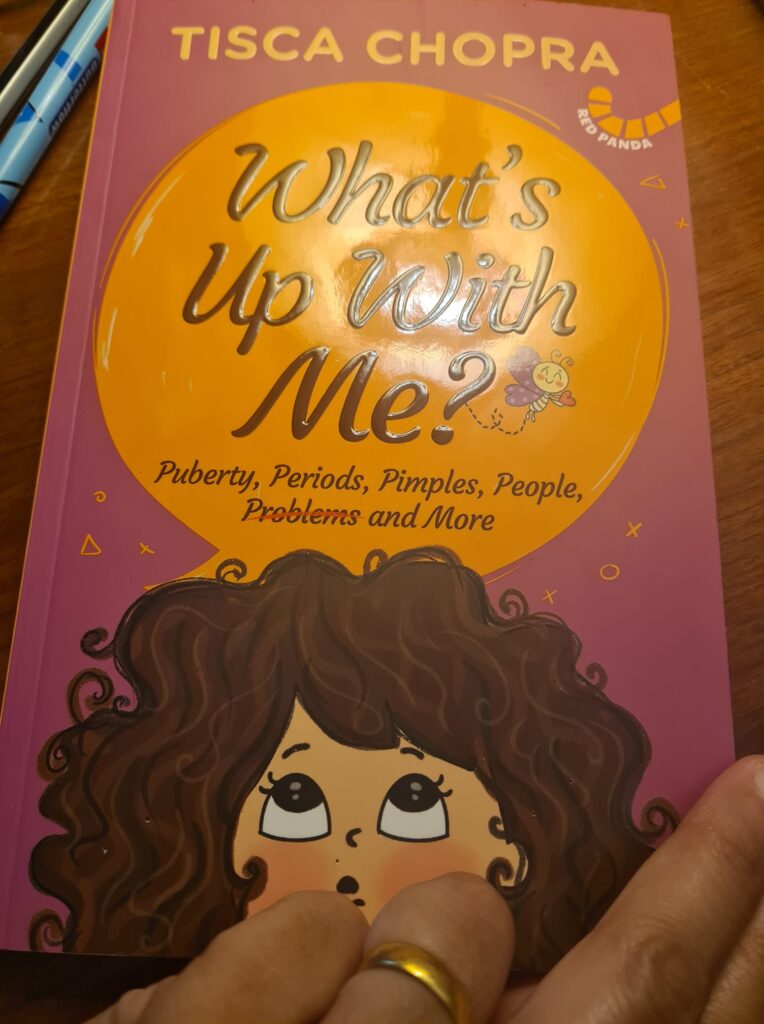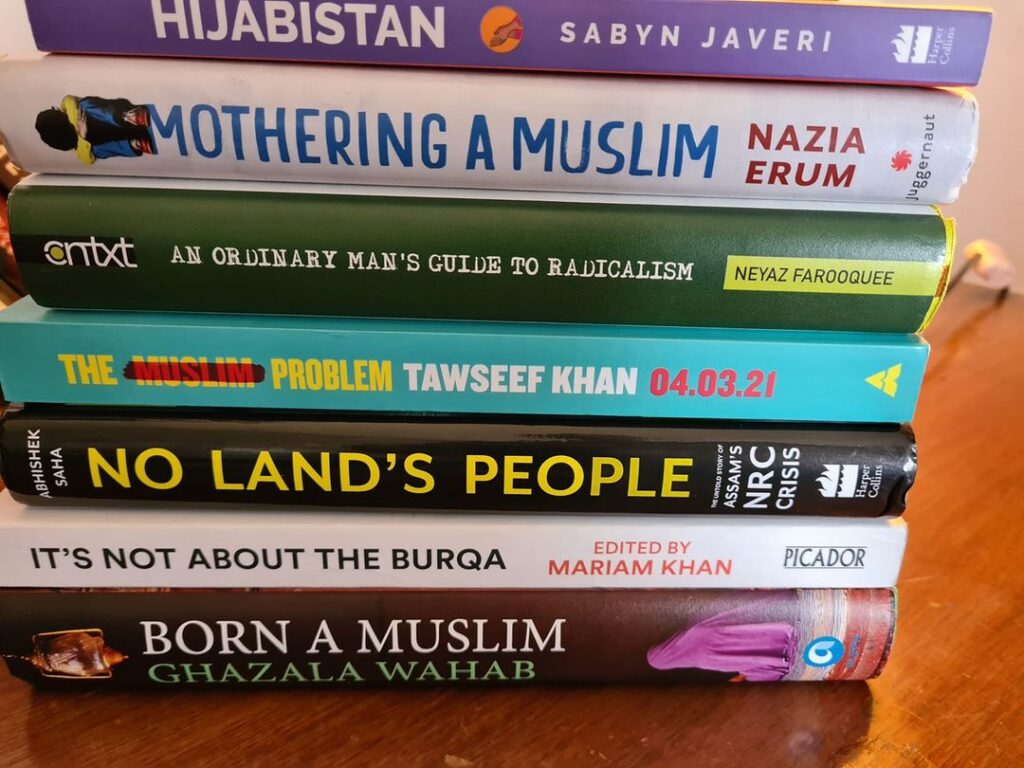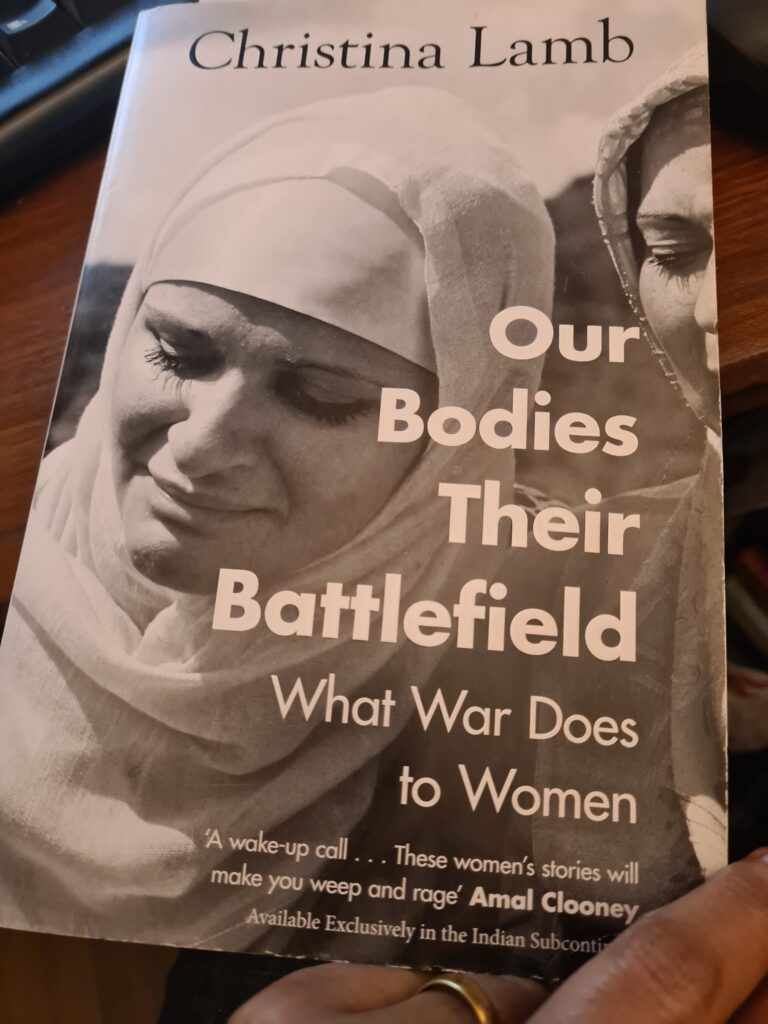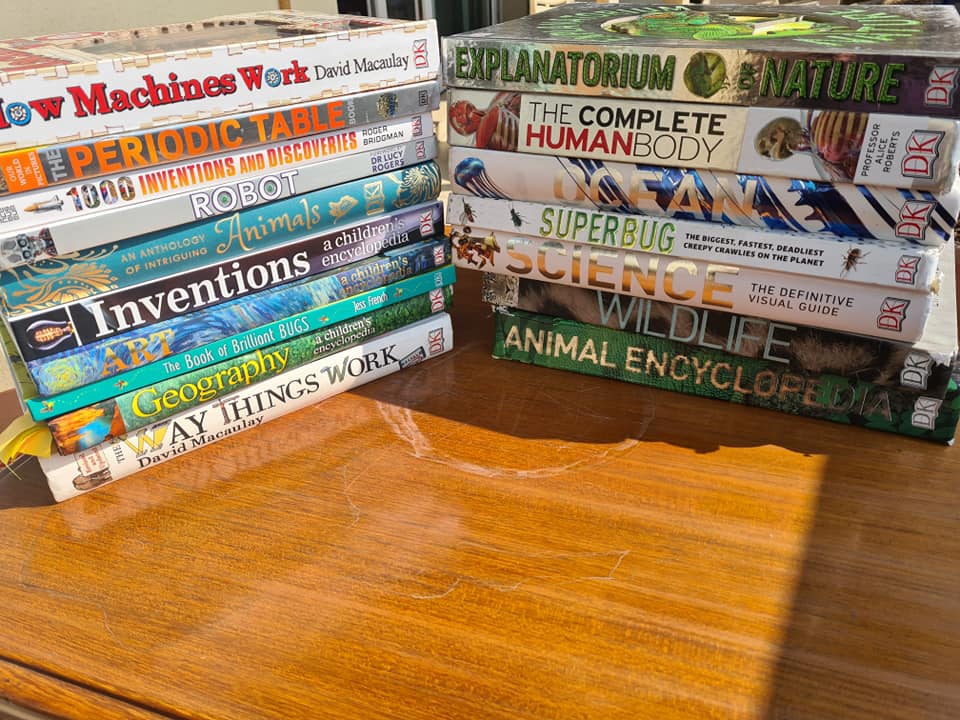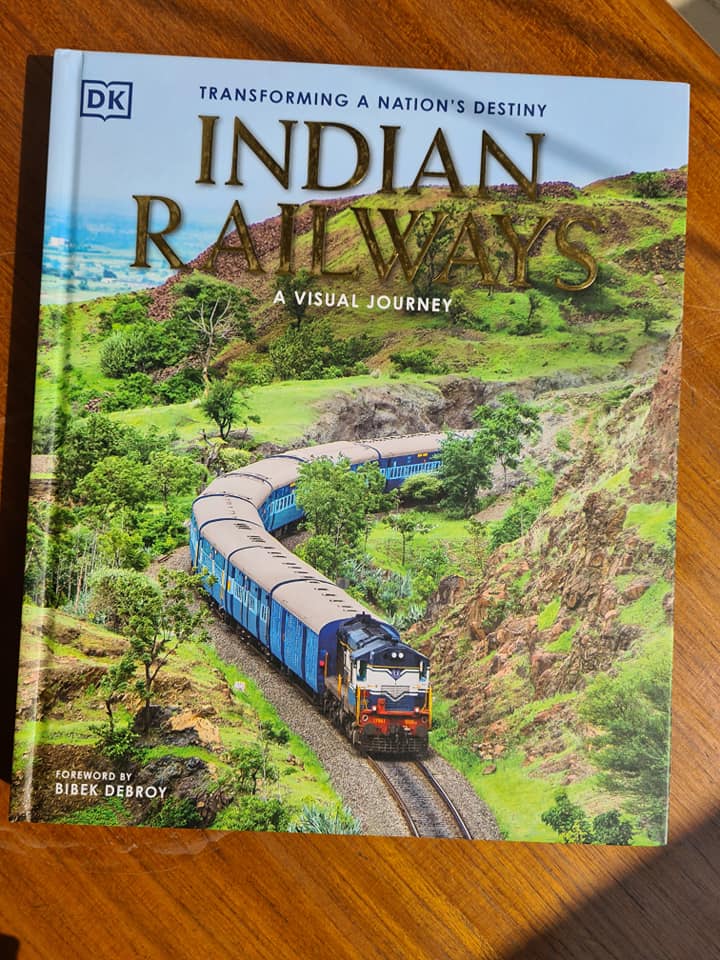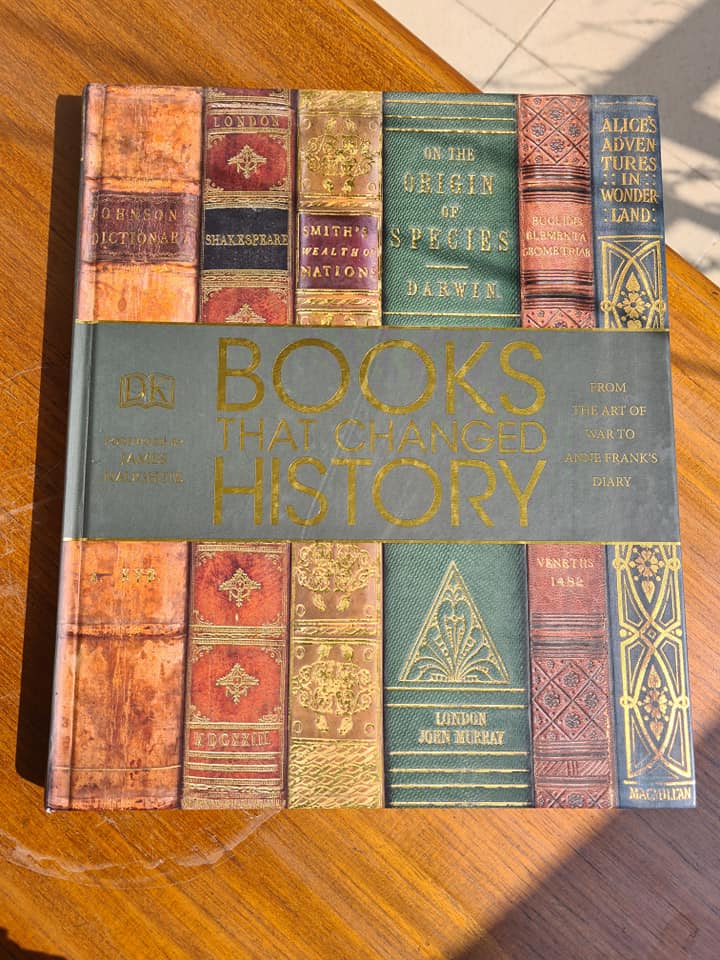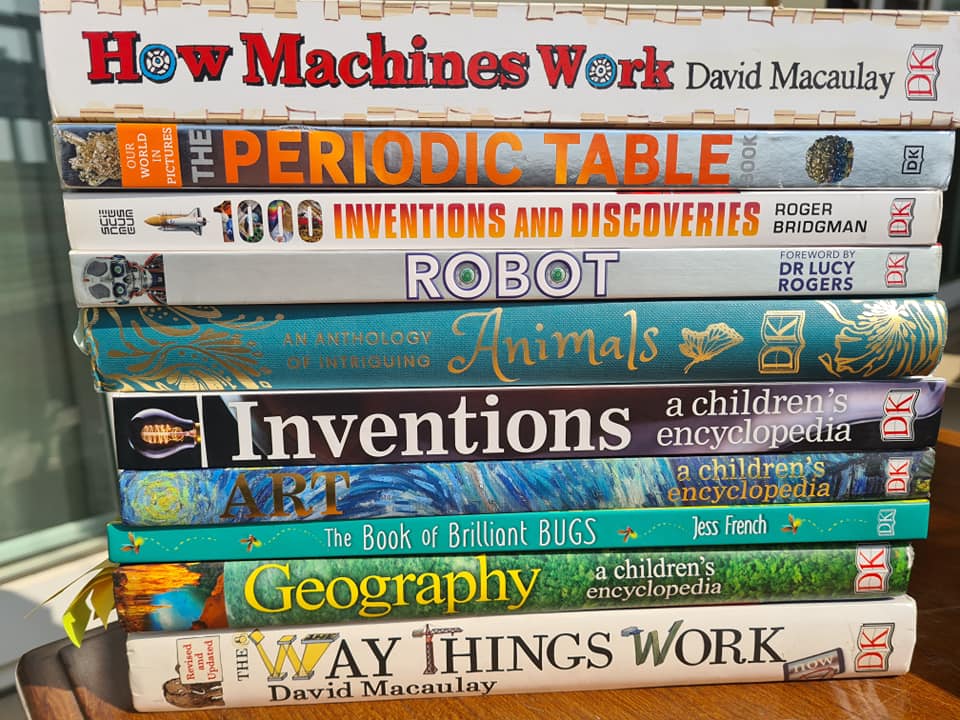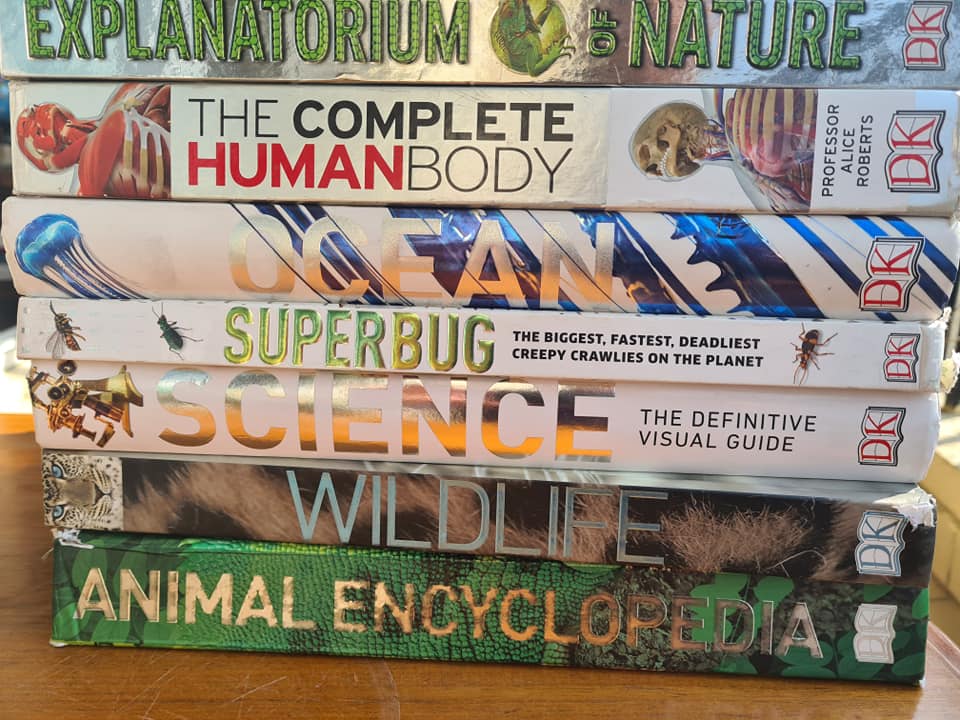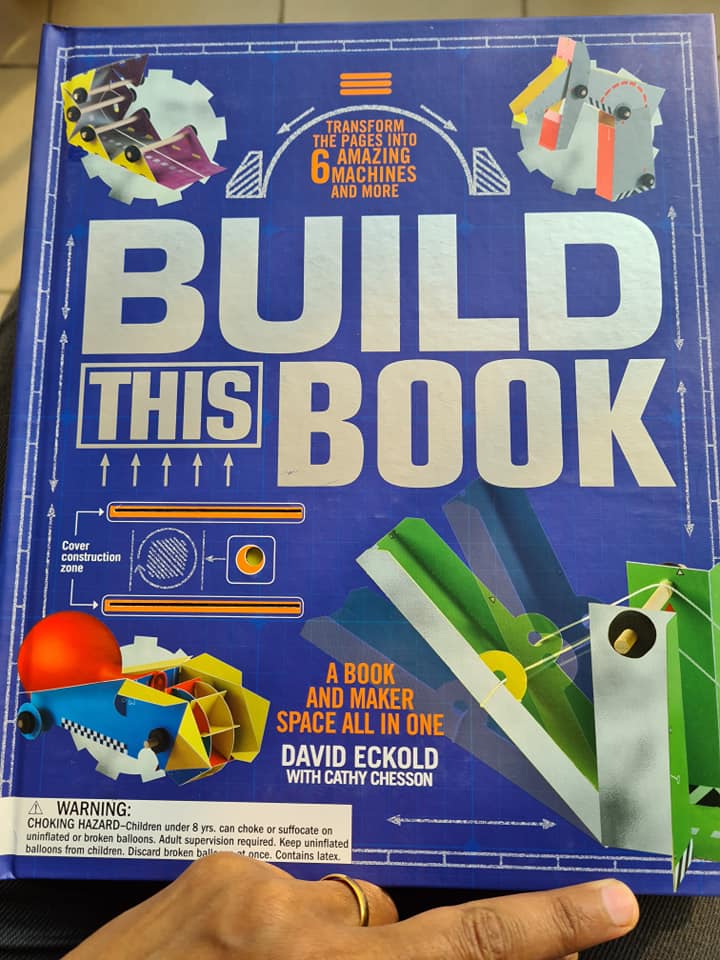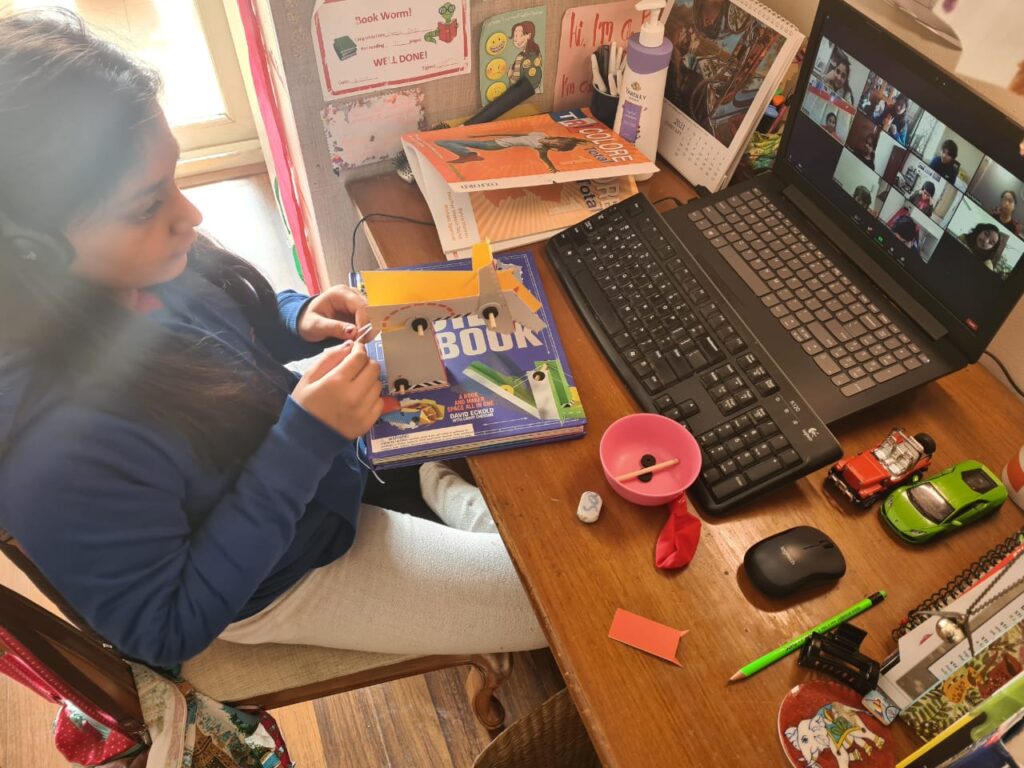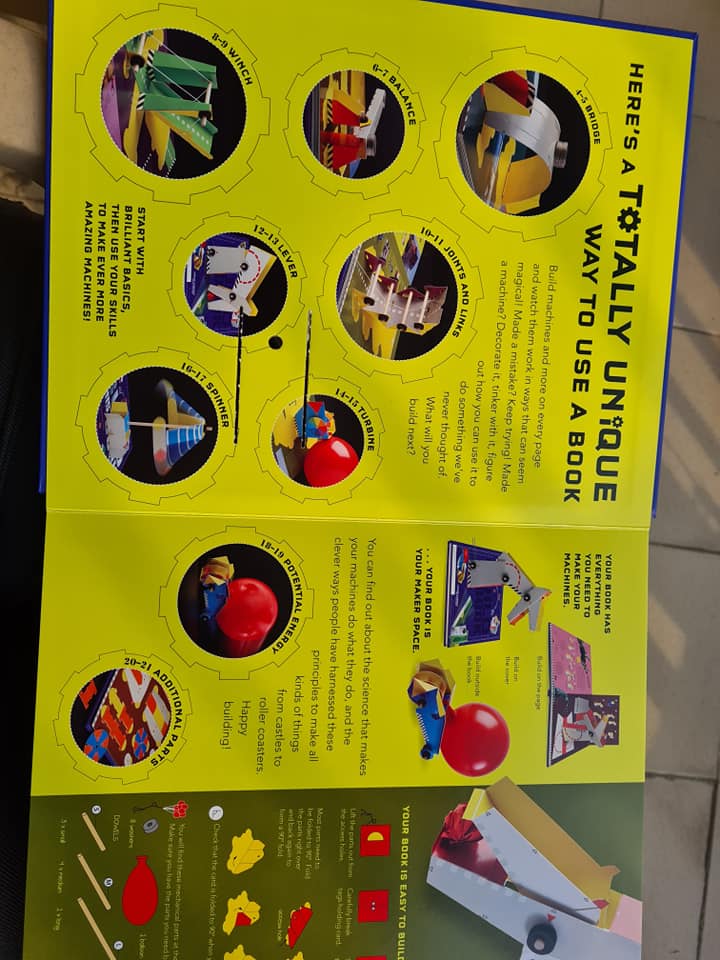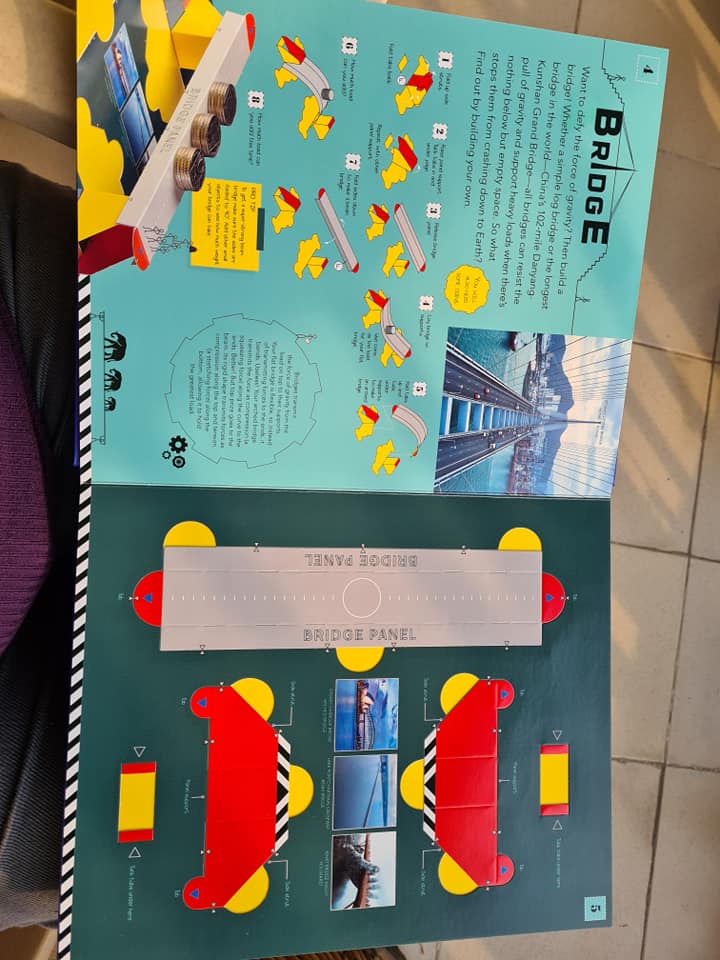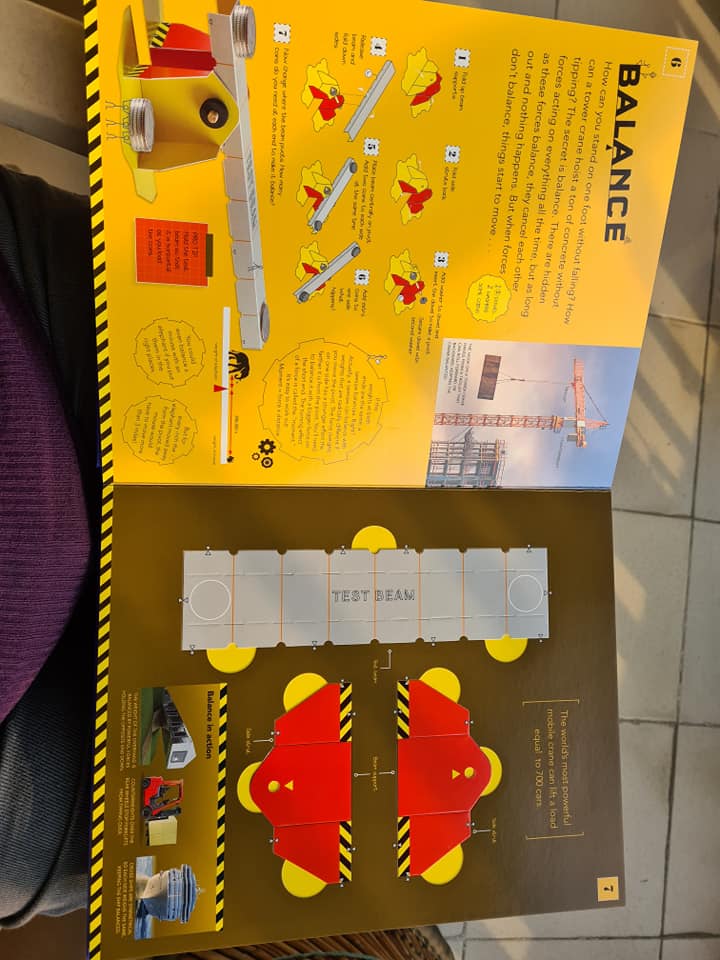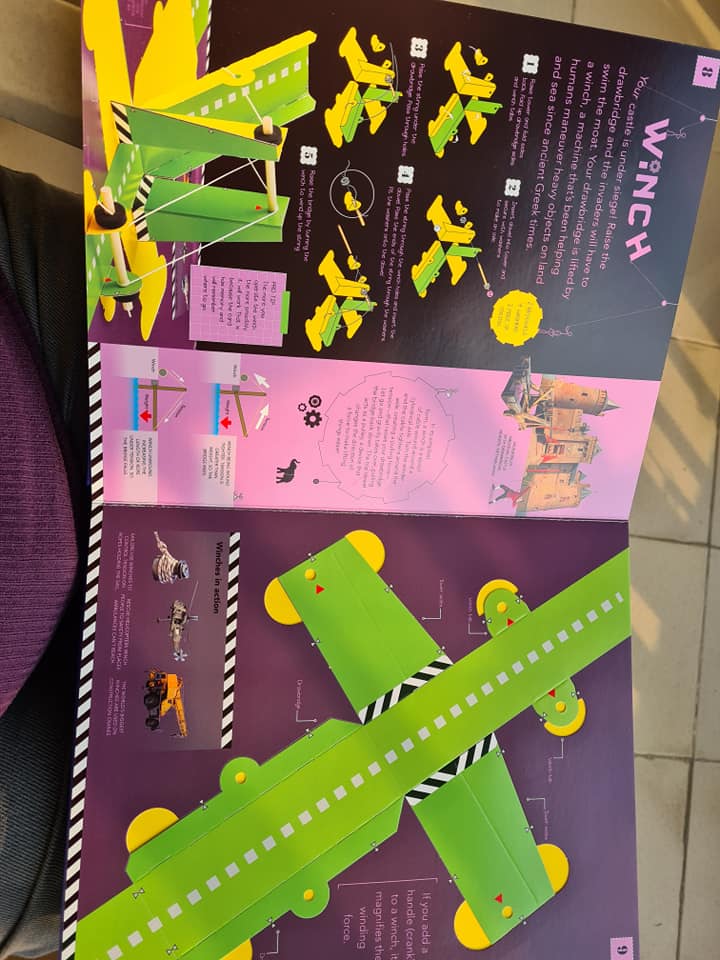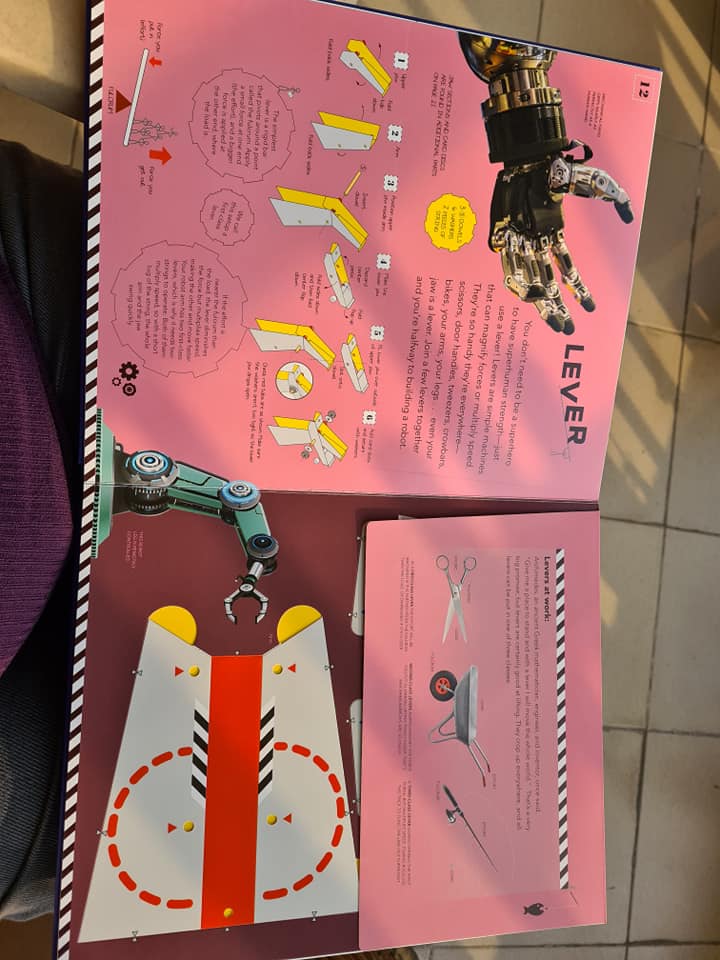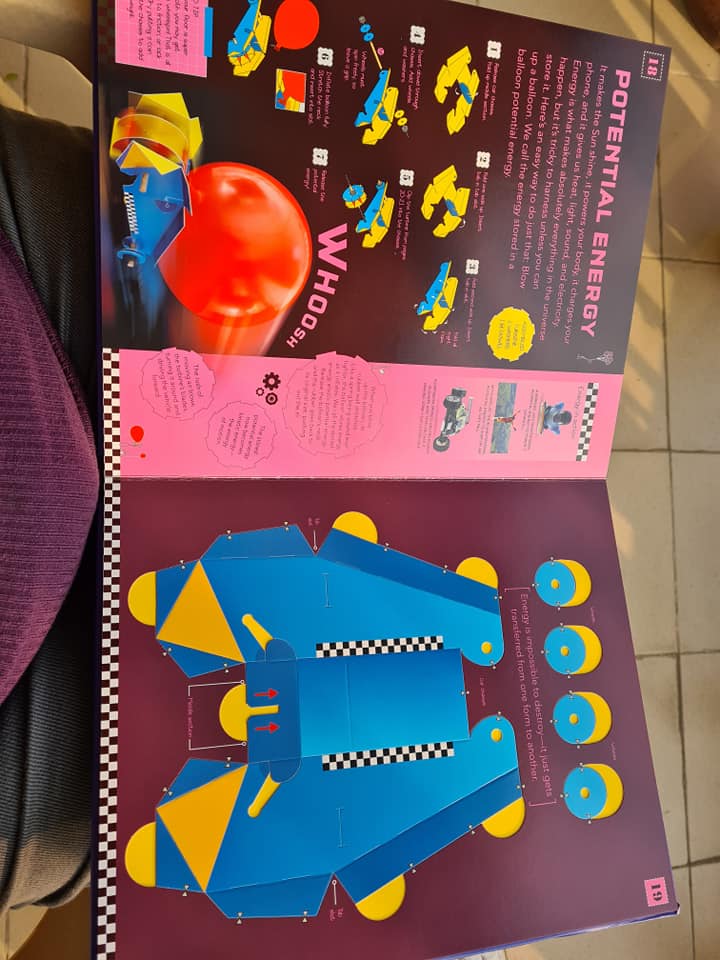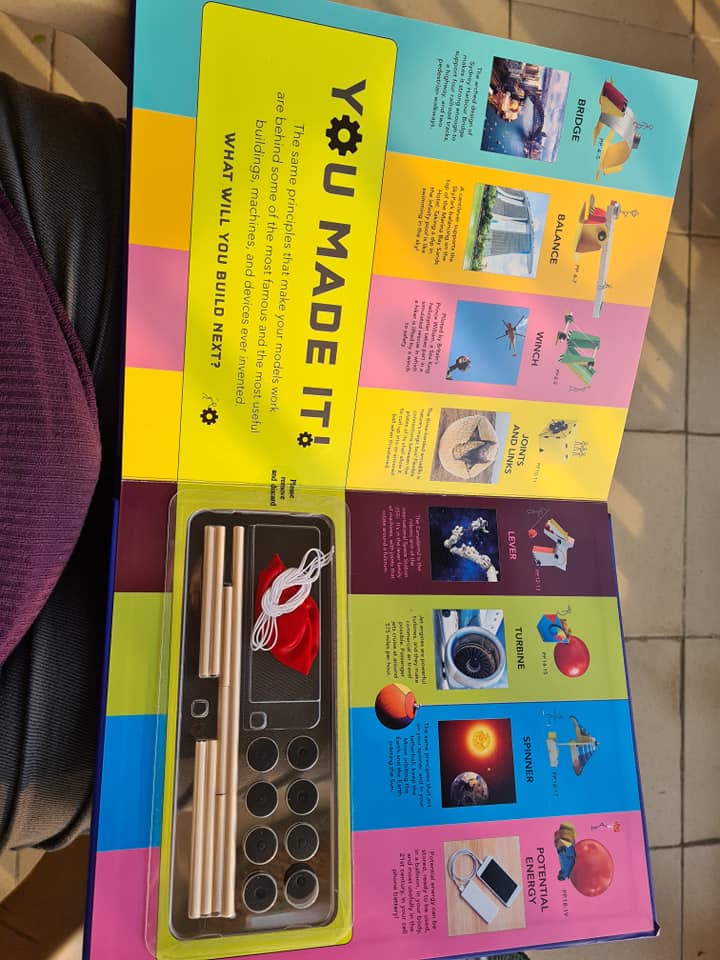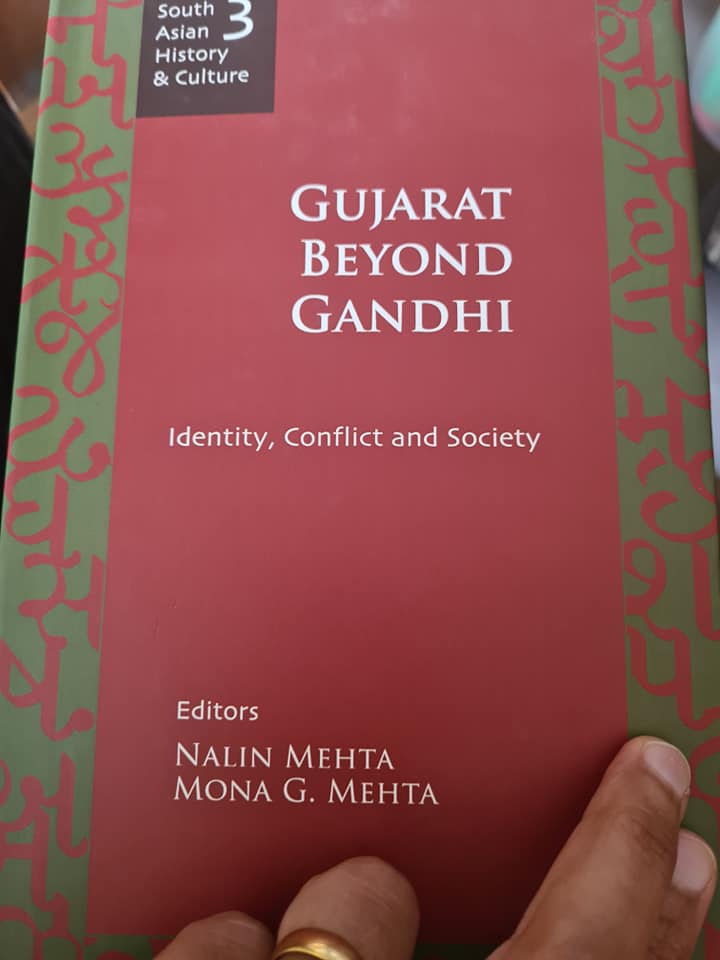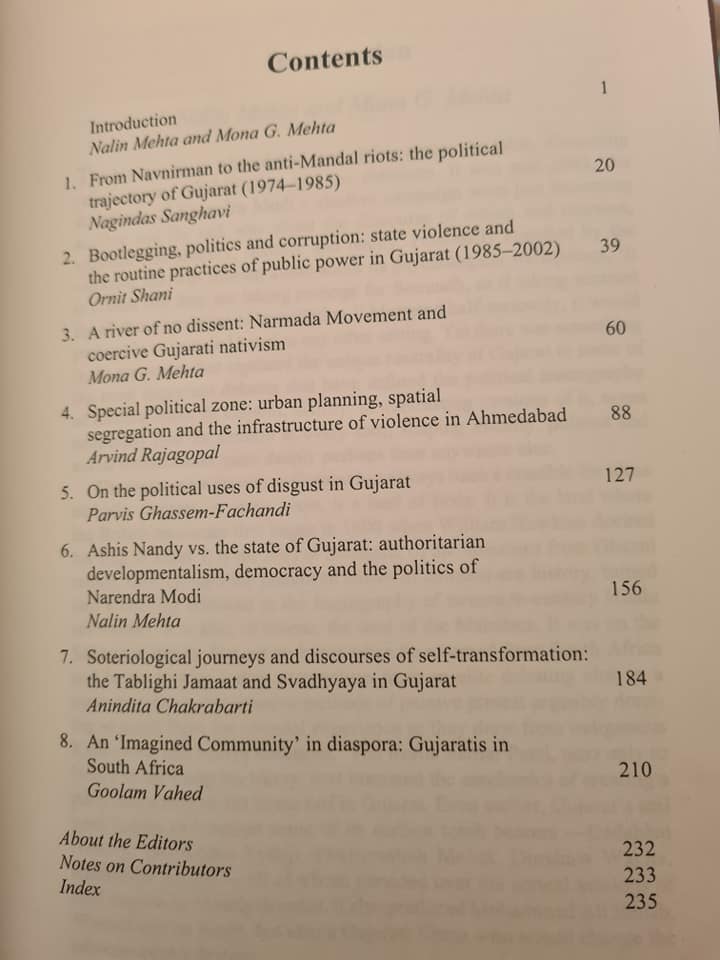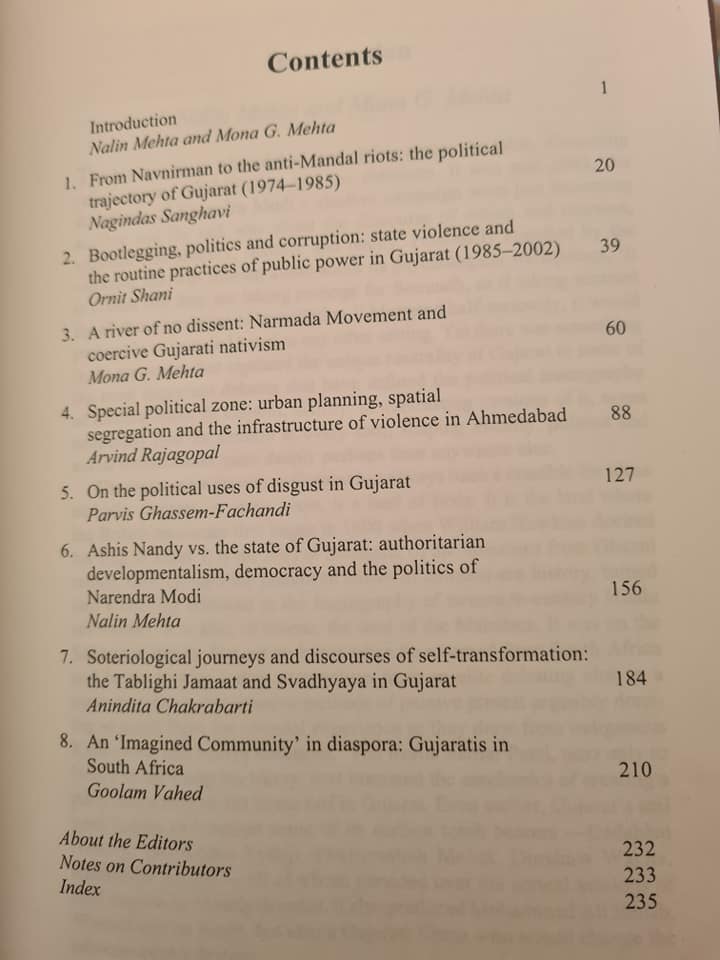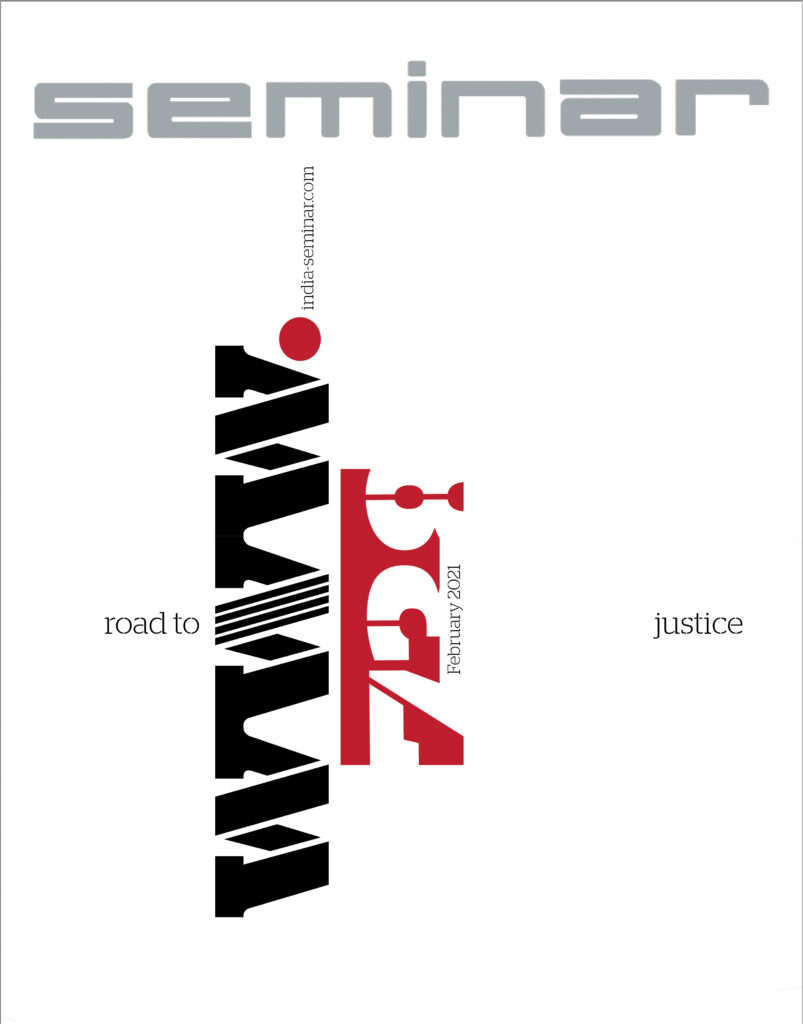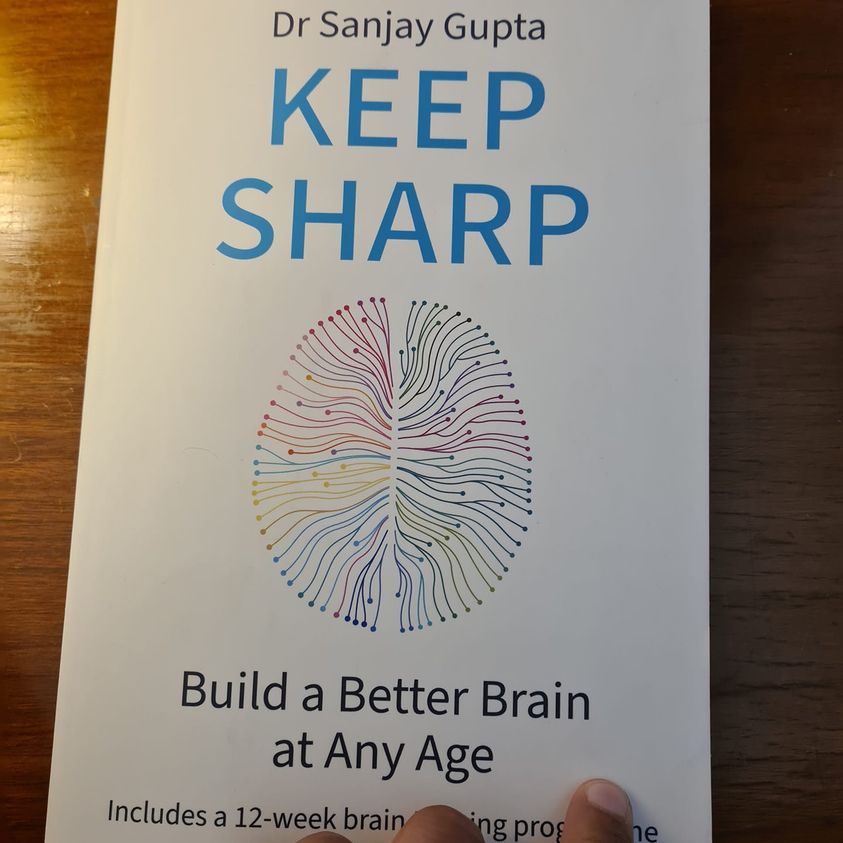“Happy Sexy Millionaire” by Steven Bartlett
Steven Bartlett is twenty eight years old. He is a millionaire. When he was eighteen years old, he was living in extreme poverty, scrounging for food and was never sure how the day would pan out. Of course, he had been brought up in relative comfort and his parents were devout Christians, but ever since he chose to drop out of university and forgo his government scholarship, his parents were furious and had distanced themselves from him. One day, he had a 20p coin in his hand. It slipped and fell from his hand and lodged itself in the sofa of the diner he was in. He shoved his hand in to pull out the missing penny and found a one pound coin. He realised that the seats were never cleaned in the cracks, so perhaps if he were in luck, he would find more loose change. Slowly he wound his way through the diner gathering up all the coins he could collect. To his delight he found the princely sum of £13.40. Till date, there is nothing compared to the boundless joy he experienced at discovering this change. Not even the day he received the phone call that his firm, the social media marketing agency, Social Chain, had a market valuation of nearly £200 million.
Happy Sexy Millionaire ( Hachette India) is categorised as a self-help book but it is a fascinating blend of memoir and sharing of business experiences and knowledge. This is a man, like many others before him, who has learned on the job. He had a dream and saw it through. He was focussed and continues to be.
I had no plan. I just had a lot of faith in myself and a lot of faith in the rationale underpinning my decision.
He worked extremely hard at launching a firm. It went bust when he was 21. Then he worked upon Social Chain with his friend, Dominic. It proved to be a resounding success. So much so that one of his dreams of meeting President Barack Obama came true when they were featured on the same panel at an international conference. As a fourteen-year-old, Steven had seen Obama win the US Presidential elections. Barely twelve years later they were on the same stage.
Steven Bartlett sees life as a roulette table — an analogy that even Maria Konnikova spells out in her marvellous book, The Biggest Bluff.
Complicated self-help jargon aside, if you were able to protect your time a little better, become a little more intentional in how you place your chips on the roulette table of your life and develop more clarity on the things that hold long-term, intrinsic value to you, then you probably wouldn’t need to read another self-help personal development book in your life. At the most fundamental level, this isn’t just the most important thing, it’s the only thing. It holds the answer to your mental, emotional and spiritual health, and in my life it’s proved to be the doorway to becoming the happy sexy millionaire I naively aspired to become.
One of his mantras is that time is critical.
Time is both free and priceless. The person you are not is a consequence of how you used your time in the past. The person you’ll become in the future is a consequence of how you use your time in the present. Spend your time wisely, gamble it intrinsically and save it diligently.
He is crystal clear ( one of his favourite phrases) that looking at his “own time habits through a monetary framework” helped him to decide what he should and shouldn’t be doing.
Steven Bartlett highlights portions of his text by enlarging a sentence or a phrase and placing it like an illustration on the facing page of the text. It is an interesting technique but he communicates to be heard clearly. A trait he has honed as a social media strategist but his advice about cyberspace are worth their weight in gold. He emphasizes all that he has learned about social media, the social comparisons, the materialism, the clicks of buttons, the euphoria and the falseness, the gratitude exercises, the neurological impact that gratitude had on dopamine levels, the happiness quotient etc. But he has a warning.
Actively practising gratitude feels so necessary in the modern era because our brains weren’t designed to deal with all this social noise or the algorithms that feed me the prettiest, richest, smartest people on earth every day. Psychologists have often suggested that the slow pace of human evolution and the leap of cultural and technological change have meant that our minds are better adapted to our hunter-gatherer past (where 95 per cent of evolution took place) than to today’s supposedly fast-changing world. In short, digital technology has the capacity to overwhelm our prehistoric brains by exploiting their biases, vulnerabilities and limitations in subconscious, invisible ways. We don’t see it happening, but the astronomical growth of anxiety and other mental health issues in the modern era suggests we’re feeling the consequences.
For him the only worthwhile comparision is “YOU yesterday vs YOU today. If you want to be happy you have to focus on that”.
Happy Sexy Millionaire is an astonishingly gripping tale. It is meant to read in one gulp but remember to keep a pencil handy to underline all the bits and pieces in the text that speak out to you. My copy is dog-eared, top and bottom of the pages, underlined and heavily underlined to highlight text, with commentary scribbled in the margins. This book like many self-help books seems to proselytize but it is not. There is something unique in the manner in which Steven Bartlett writes. It is straight from the heart. He is lucid. He is very sure about what he wishes to share. He shares with a clear conscience and a great deal of faith in one’s abilities. The bibliography he lists at the end of the book is impressive. He probably has honed his skills as a communicator on his very popular podcast, The Diary of a CEO. ( Here is the latest episode where he interviews One Direction band member, Liam Payne. 7 June 2021.)
Read this book. I cannot recommend it enough.
7 June 2021

